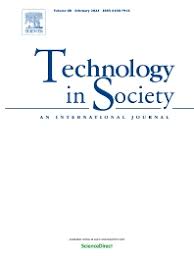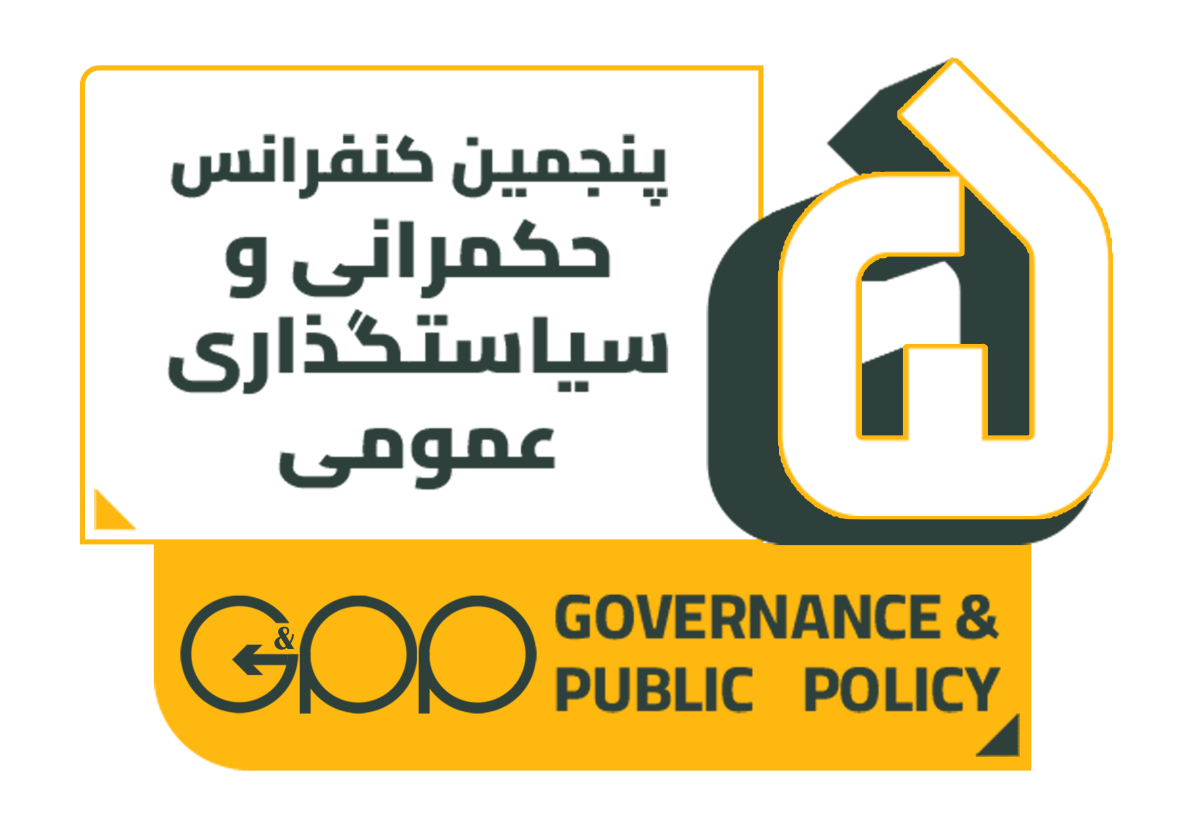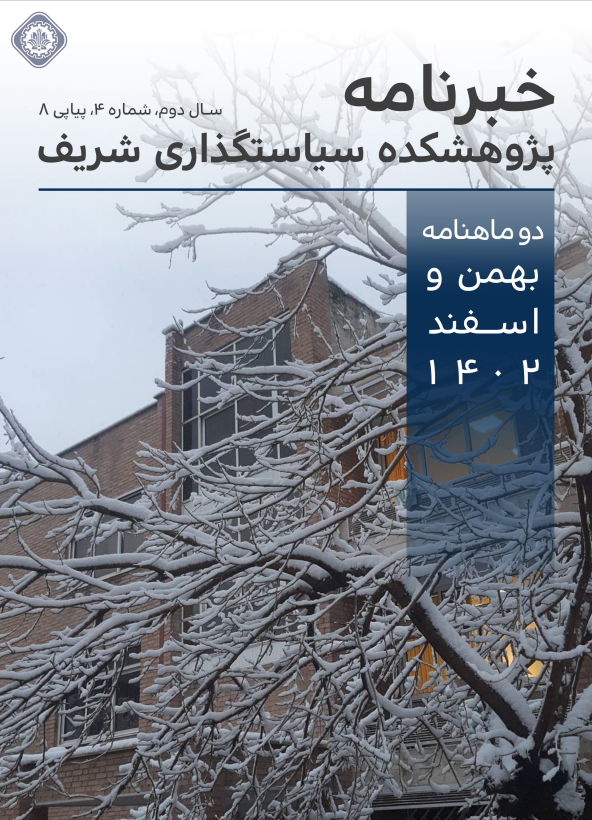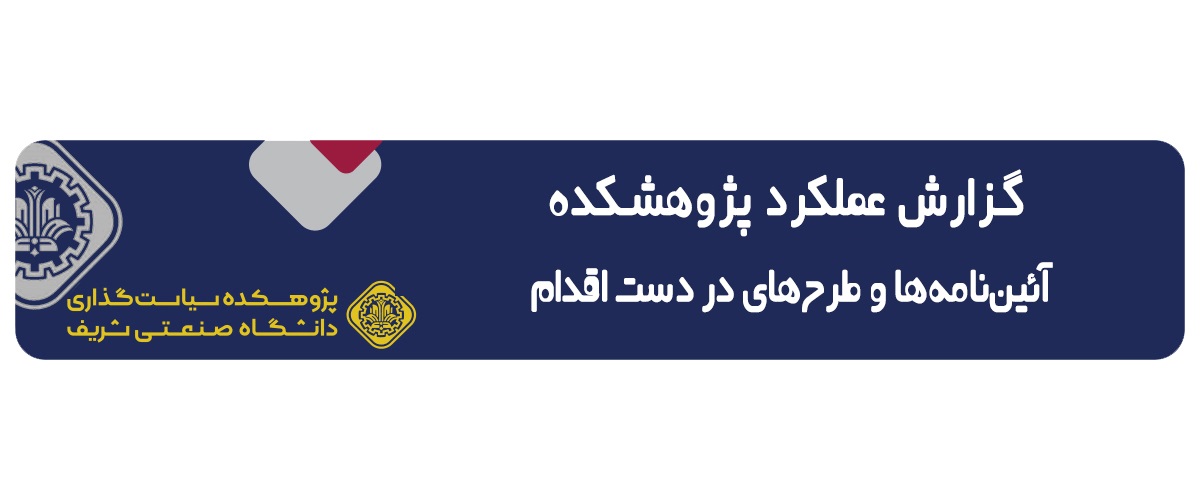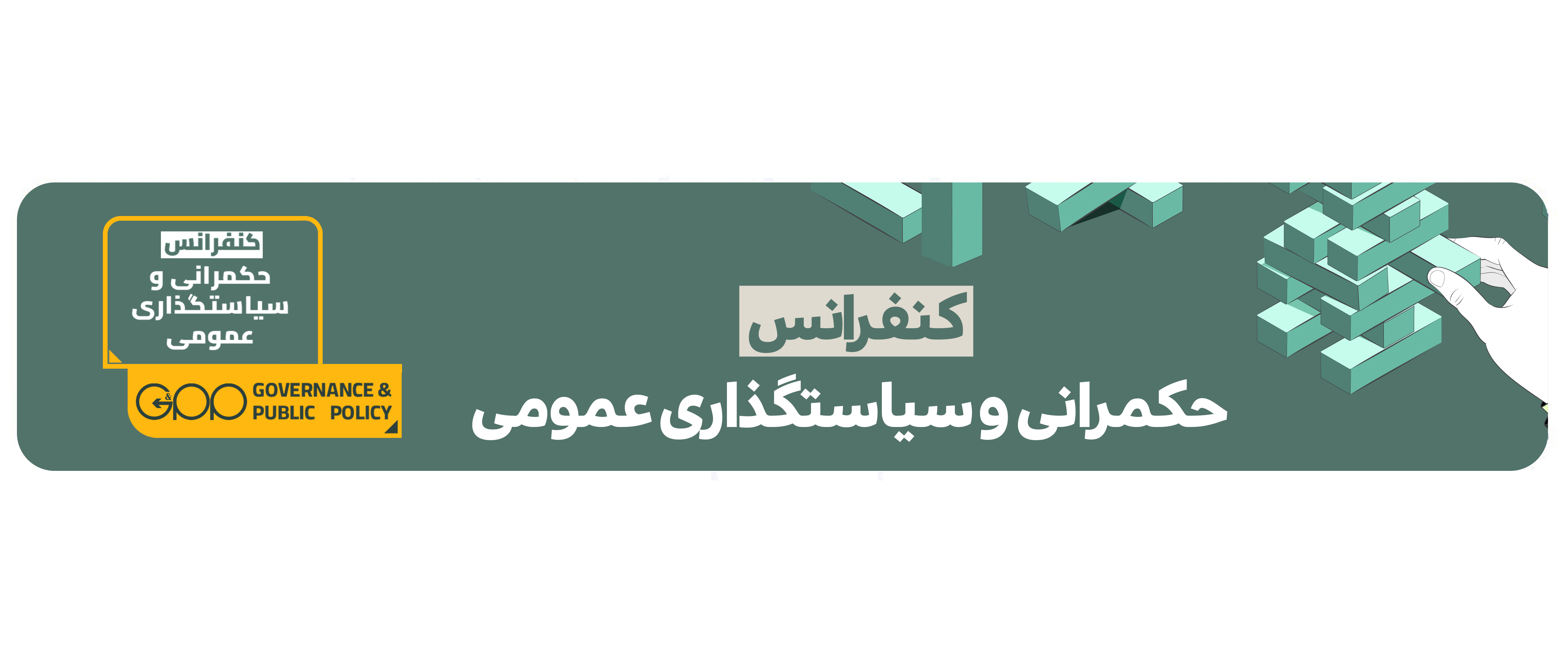Abstaract
The studies on forced migrants’ digitally mediated communication and transnational practices have not sufficiently addressed contexts in which migrants are imposed with strong regulations on their physical mobility and information and communication technology (ICT), Internet, and social media uses. This article studied Internet and social media uses, digital divides (access, use, and the impact of Internet and social media), and digital transnational practices among Afghans in Iran. More than three million Afghans live in different legal, economic, and social positions in Iran. The analysis was based on surveys with 2003 Afghan refugees, other legally authorized Afghan immigrants, and undocumented Afghan migrants in Iran. National authorities limited Afghans’ physical mobility within, from, and to Iran as well as constrained Afghans’ possession of ICT devices and their capability to use the Internet, including social media. To overcome physical immobility, Afghans developed transnational digital practices. Those Afghans who considered Europe as their potential outmigration destination were much more actively digitally connected than those interested in migrating to Afghanistan or remaining in Iran. Digital divides exist among Afghans in Iran, but these narrowed during Afghans’ stay in Iran.


